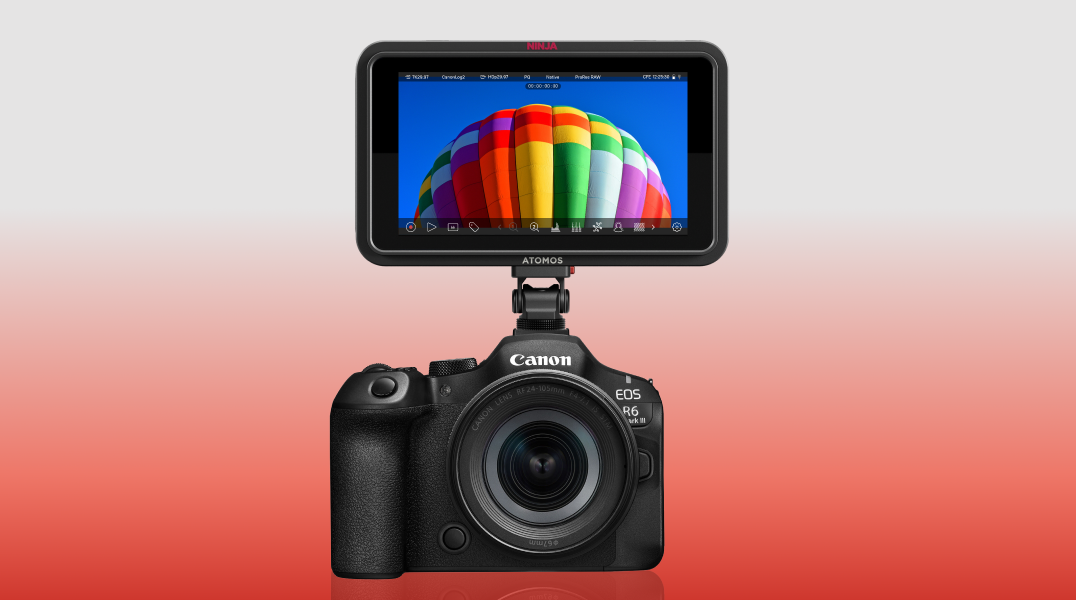Gettin' GigE With It
It's not often I get on a bandwagon, particularly a broadbandwagon. After you've been around the cable industry for almost a decade the phrase "Wait 'til next year" holds special poignancy. But hey, I actually have a choice between DSL and cable modem service, I have access to digital cable (though I don't subscribe) and now Time Warner Cable (my operator) tells me VOD is coming.
They've got a fight on their hands with my current VOD provider, Netflix. Actually, Netflix sells DVD on demand. For $20 per month I can rent as many DVDs as I want, mailed to my home (with free return mailers), from a list I prioritize online. The only catch is that I'm limited to three movies at any one time. But there's no late fees and the selection's better than any local video store.
So how is cable to compete with that, particularly if they're asking for $3.99 per recent release VOD movie? (Hey, isn't that what I used to pay for pay-per-view?)
REVVING UP THE PIPE
Well, putting aside the wrangling with Hollywood over recent releases (still unresolved because the studios hold so dear their copyrights and video rental income - now how's that for inanity?), there is a new technology kid on the block that could very well boost cable's VOD plans on two levels: storage and cost.
Gigabit Ethernet has been around for some time, but only in the last year have operators begun to deploy it to ship more content through their existing pipes. VOD vendors such as nCUBE and SeaChange are integrating GigE into their VOD server platforms to increase storage, and bandwidth management vendors such as BigBand are building GigE into their media routers.
VOD architecture using GigE has evolved to a model where systems are setting up larger server arrays for video libraries in a centralized location, then transporting content using sophisticated bandwidth management to smaller servers closer to the node.
With GigE transport and storage costs lower, that means a whole lot more content at a lower capital investment and operations cost to the operator.
To begin with, a video server using the older asynchronous serial interface (ASI) port technology can only handle 40 video streams, compared to the beefed-up GigE port's 240 streams. And Motorola is rolling out a dual multiplexing scheme that would deliver 480 streams.
All this means costs have come down, dramatically. Whereas early VOD rollouts cost a nightmarish sum, (up to $3,000, per 150 MB stream) GigE can pare that significantly; Scientific-Atlanta, for example, is touting a GigE transport system cutting it to less than $20 per stream.
It adds up to much, much more product available to many, many more consumers, and operators won't have to generate so much revenue per stream to make a profit.
For example, Comcast has already begun offering 1,500 hours of VOD content in its home turf of Philadelphia. And using GigE transport to link widespread networks, an operator such as Charter Communications, which is geographically challenged by a number of mid-sized systems, can offer VOD in markets where previously it would have been cost-prohibitive.
Even more savings could be on the way in the form of optical transport systems that allow operators to ship all their video and data signals in their native formats. Operators up to now have had a helluva time shipping various signals around on their networks, from IP to MPEG-2 video to QAM (quadrature amplitude modulation) to DVB-ASI, using a synchronous optical network (SONET) ring, without putting them into a standard format.
And IEEE this past summer gave its approval stamp to 802.3ae, the new version of fiber-only Gigabit Ethernet that runs at 10 GB per second.
DON'T BLOW IT
So we consumers are certainly going to see a ton of VOD content made available, in large part because of GigE. Whether or not lower prices follow may be asking too much. Operators are still reeling from the capital investment freeze induced by a stifling economy and the Adelphia scandal, though the impending dissolution of the proposed Echostar-DirecTV merger has them doing handstands again.
That would be shortsighted. Even without a combined Echostar-DirecTV player, cable is losing a couple of million subscribers per year to the dish, and those choice customers aren't coming back.
Another shortsighted approach would be in not taking advantage of GigE and other developing VOD technologies to offer more than just movies. I know Hollywood hits sell, but there are plenty of consumers like me who drool at the thought of having access to Ken Burns' "The Civil War", or an entire season of "Seinfeld" to watch on demand. Marry that kind of VOD to another great consumer technology, the personal video recorder - Time Warner is reportedly working on just such a combination with its Mystro TV project - and you've got a winner.
If cable operators want to hold on to their subscribers, they'd better get them a great VOD product, meaning that it's intelligible, loaded with choices, and priced reasonably.
With GigE, they've got no excuses.
You can reach Will at willworkman@hotmail.com
The professional video industry's #1 source for news, trends and product and tech information. Sign up below.
